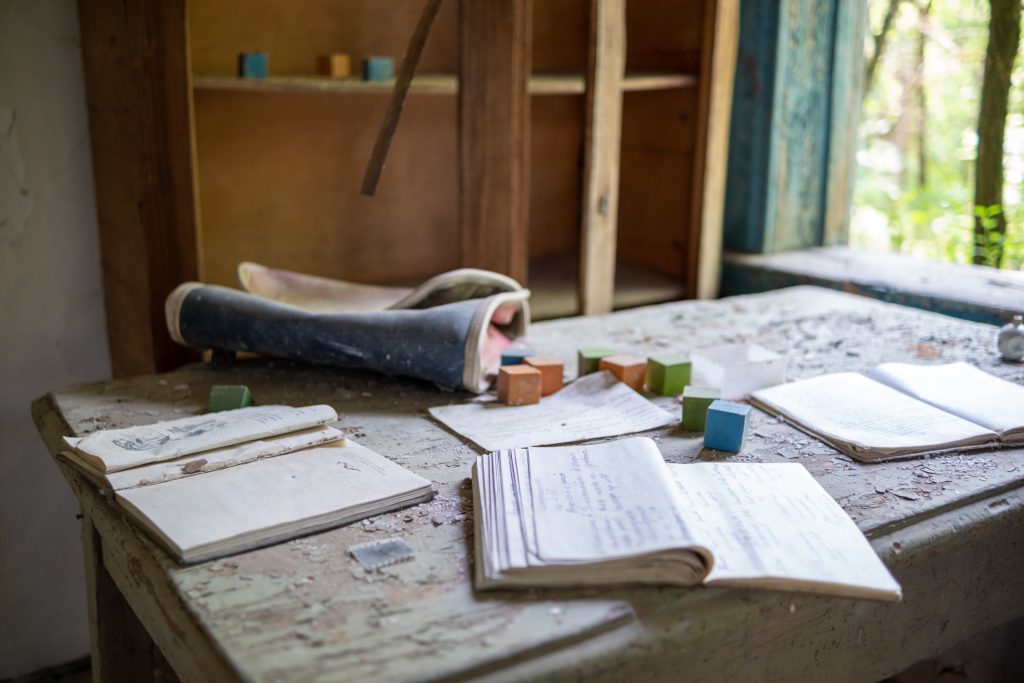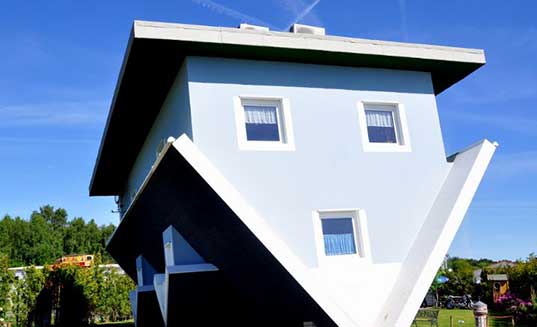
Fixing and flipping real estate—buying properties, renovating them, and selling them for a profit—can be highly profitable if done right. However, it also carries significant risks if not managed properly. As a hard money lender, we see some of our borrowers building thriving businesses and others giving up after their first transaction.
Trust me, the luck of the draw has little to do with it. What sets a successful real estate investor apart is their discipline in following the best strategies for a successful fix-and-flip investment. The good news is that you don’t have to reinvent the wheel or learn by trial and error. We’ve put together a detailed list of these best practices that is thoroughly reality-based. I can attest that ignoring each item on this list can drain your project’s profits. In contrast, paying careful attention to each bullet point will increase your profits and minimize your risk.
 New Funding Resources
New Funding Resources 
 In our previous blog, we talked about the basics of
In our previous blog, we talked about the basics of  The next question you should ask yourself is whether your potential rental property will cash flow. This is why you must understand what the debt coverage ratio is. The debt coverage ratio (DCR) measures the landlord’s ability to make monthly mortgage payments from the income generated from renting that property. It tells you whether a rental will generate enough cash to pay for its expenses. Ultimately, it helps you decide if it’s an appropriate candidate as along term or not.
The next question you should ask yourself is whether your potential rental property will cash flow. This is why you must understand what the debt coverage ratio is. The debt coverage ratio (DCR) measures the landlord’s ability to make monthly mortgage payments from the income generated from renting that property. It tells you whether a rental will generate enough cash to pay for its expenses. Ultimately, it helps you decide if it’s an appropriate candidate as along term or not. In our previous
In our previous  In the previous article we talked about the differences between flipping homes and keeping them as rentals. The first strategy makes money right away. The other serves as a long-term savings vehicle. Which strategy is right for you depends on many factors. Among them are your financial goals, your current financial situation, and how much time you can afford to spend on the project.
In the previous article we talked about the differences between flipping homes and keeping them as rentals. The first strategy makes money right away. The other serves as a long-term savings vehicle. Which strategy is right for you depends on many factors. Among them are your financial goals, your current financial situation, and how much time you can afford to spend on the project. Flipping homes and holding them for a long term are two dramatically different approaches to making money in real estate. Some investors specialize in one particular area. Others like to employ both strategies: selling off some properties and keeping the others. I like to compare flippers and long-term investors to hares and turtles, without passing any sort of judgment on hares. Both animals are evolutionary winners that thrive because of their different survival skills.
Flipping homes and holding them for a long term are two dramatically different approaches to making money in real estate. Some investors specialize in one particular area. Others like to employ both strategies: selling off some properties and keeping the others. I like to compare flippers and long-term investors to hares and turtles, without passing any sort of judgment on hares. Both animals are evolutionary winners that thrive because of their different survival skills. 



